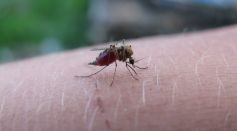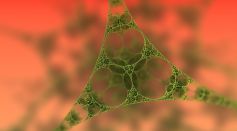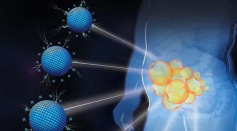NANOTECHNOLOGY

Unique Approach in the Battle Against Malaria Uses Nanoparticles That Attack the Parasite

Researchers Develop Nanolaser Tech That is All-Optical and Capable of Fast Data Processing

Nanobots Are Now Showing Intelligent Behaviors [Report]

Gold Can Now Prevent Your Glasses From Fogging [Study]

Carbon Dioxide to Reduce Pollution Possible? Here’s What Scientists Say

Researchers Identify AI Algorithms That Favor Carbon Nanotube Formation

Electronic Skins: Can This Wearable Feel Pain Someday?

New Osteoporosis Treatment Uses Nano-Based Technology To Deliver Medicine on Targeted Areas

Scientists Create New Design of Microstructured Glass Fibers That Can Measure Nanoparticle Sizes

Powerful New Weapon Against Food Contamination Uses Harmless Bacteria-Eating Viruses

Engineers Devise Way to Separate Nanoparticles in the Blood Within Minutes

Greenhouse Gasses Such as CO2 Could Transform Into Production of Raw Material Using Nanodiamonds

Nanotechnology Against Obesity: New Cationic Nanomaterials Target and Remodel Enlarged Fat Cells

Plant Cell’s Nanobodies Can Now Block Certain Pathogens [Study]
Most Popular

Largest Known Volcanic Aquifer Discovered Beneath Oregon's Cascades

New 'Supergiant' Sea Bug Found in South China Sea, Named After Darth Vader

Mediterranean Sea Was Refilled by a Catastrophic Flood Millions of Years Ago

Mysterious Cosmic Waves That Sound Like Birds Detected in Unexpected Space Region





